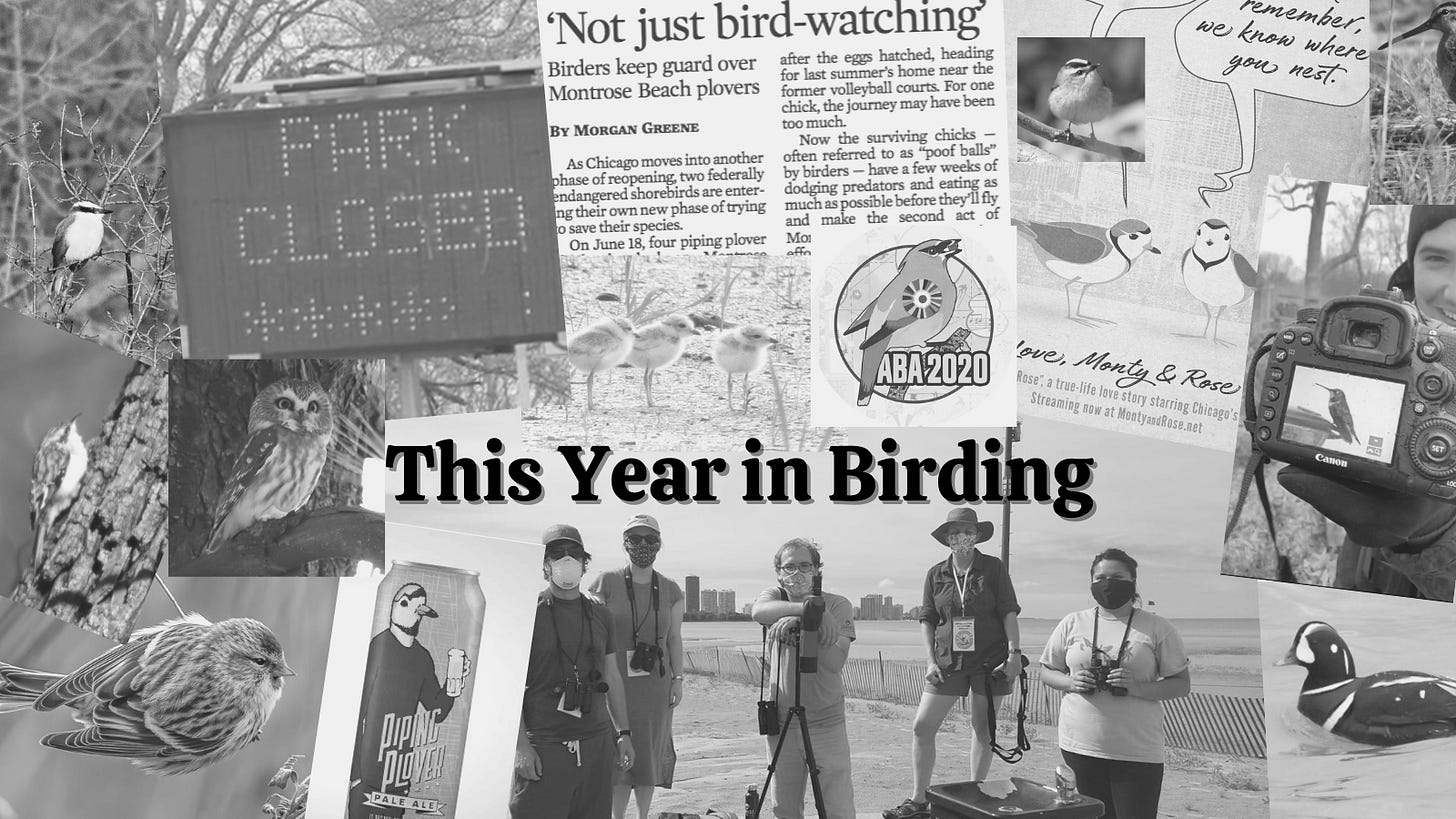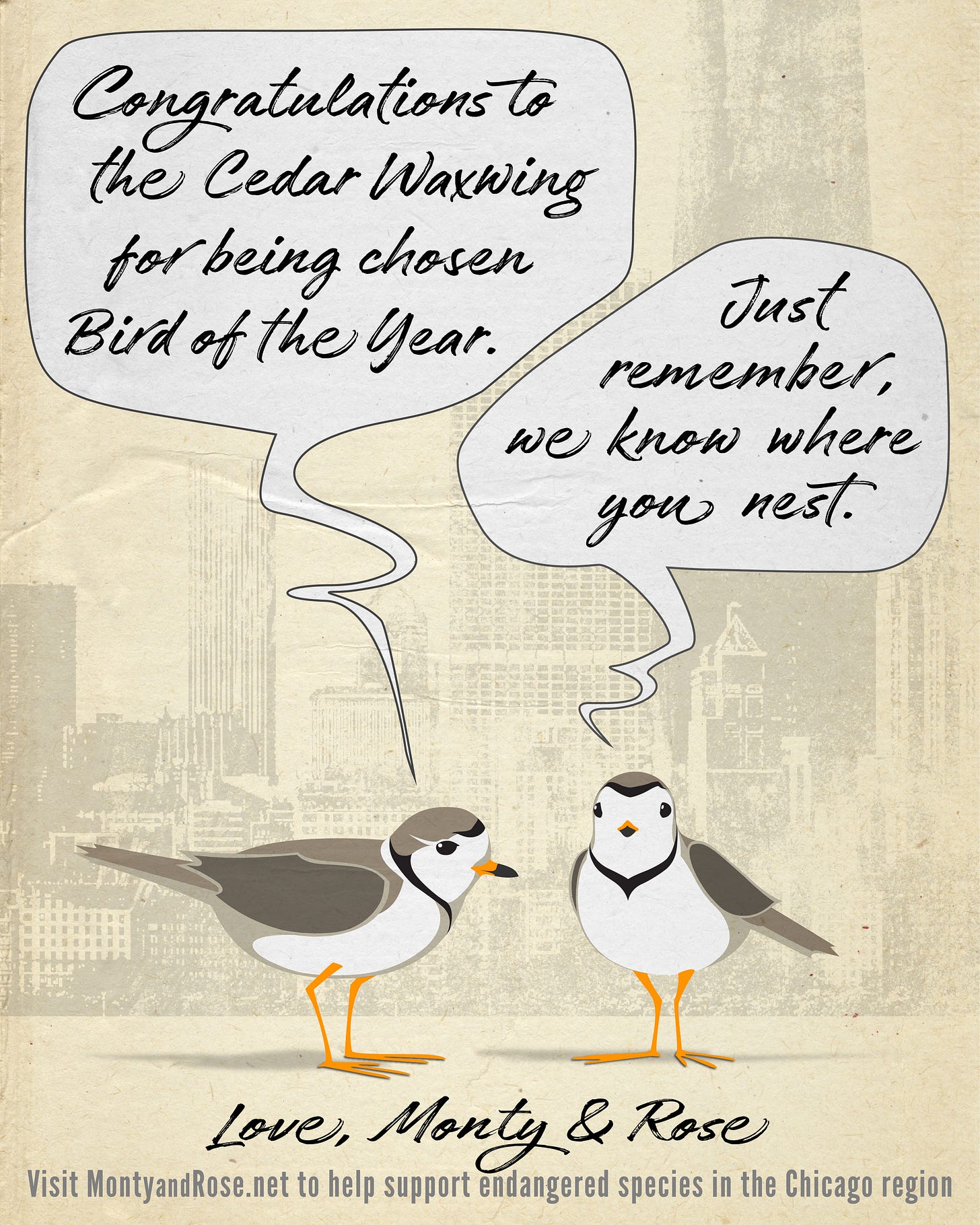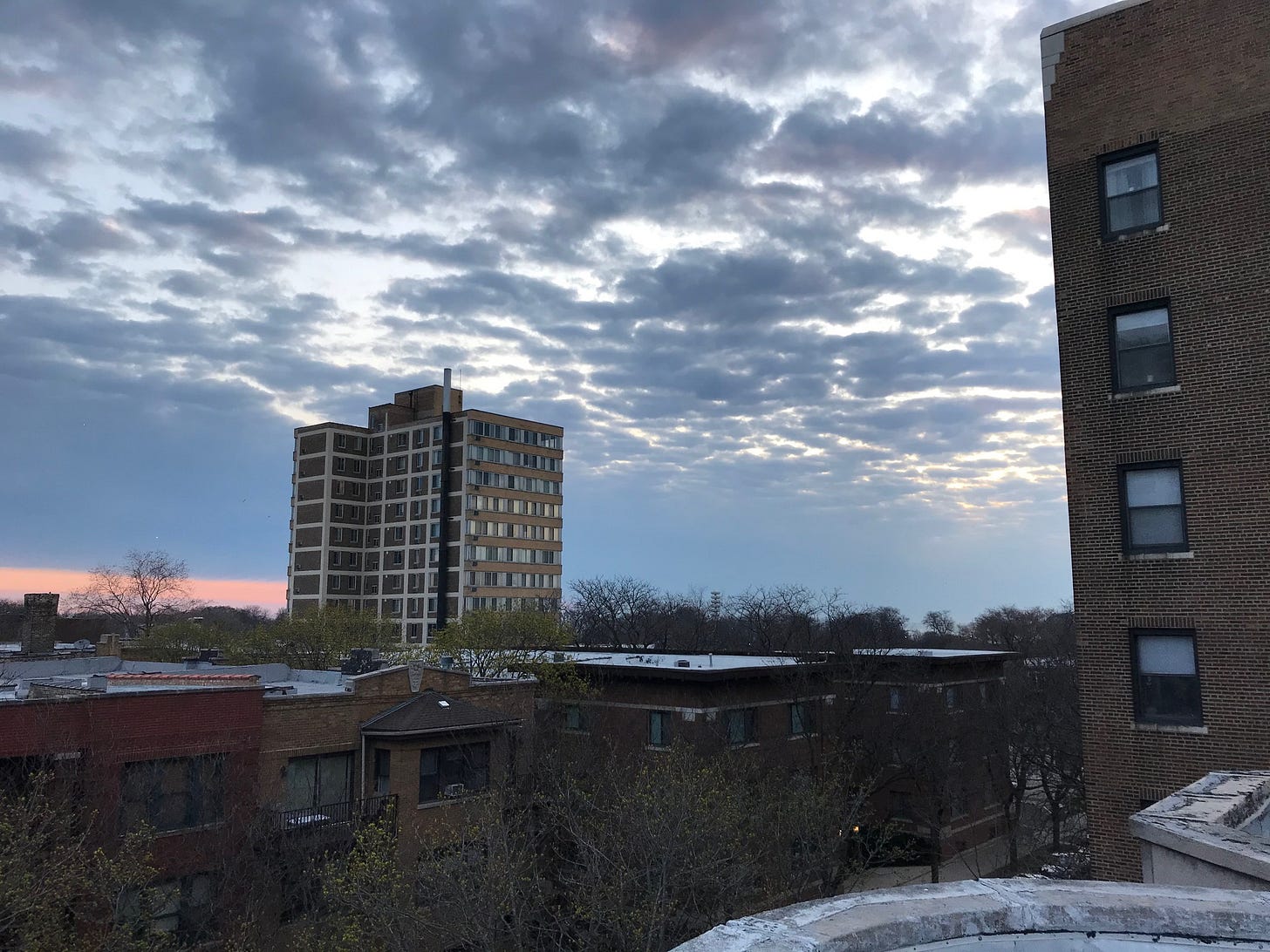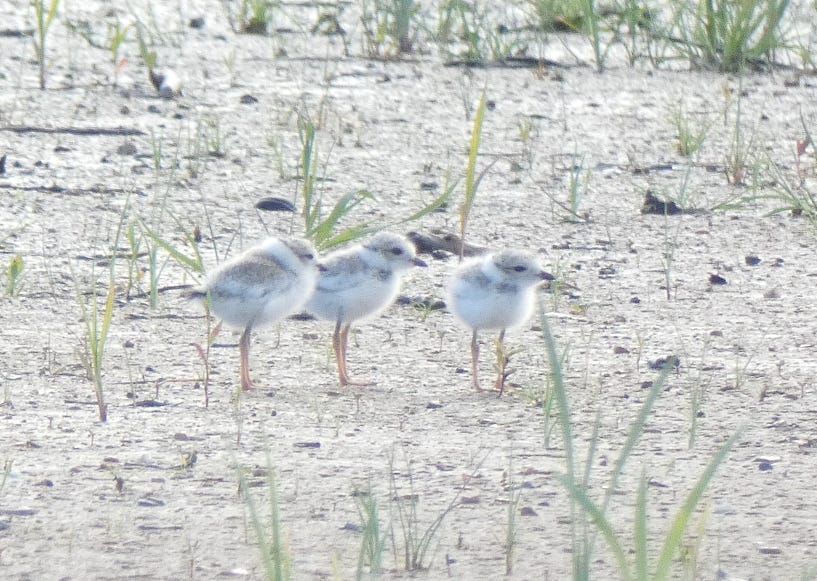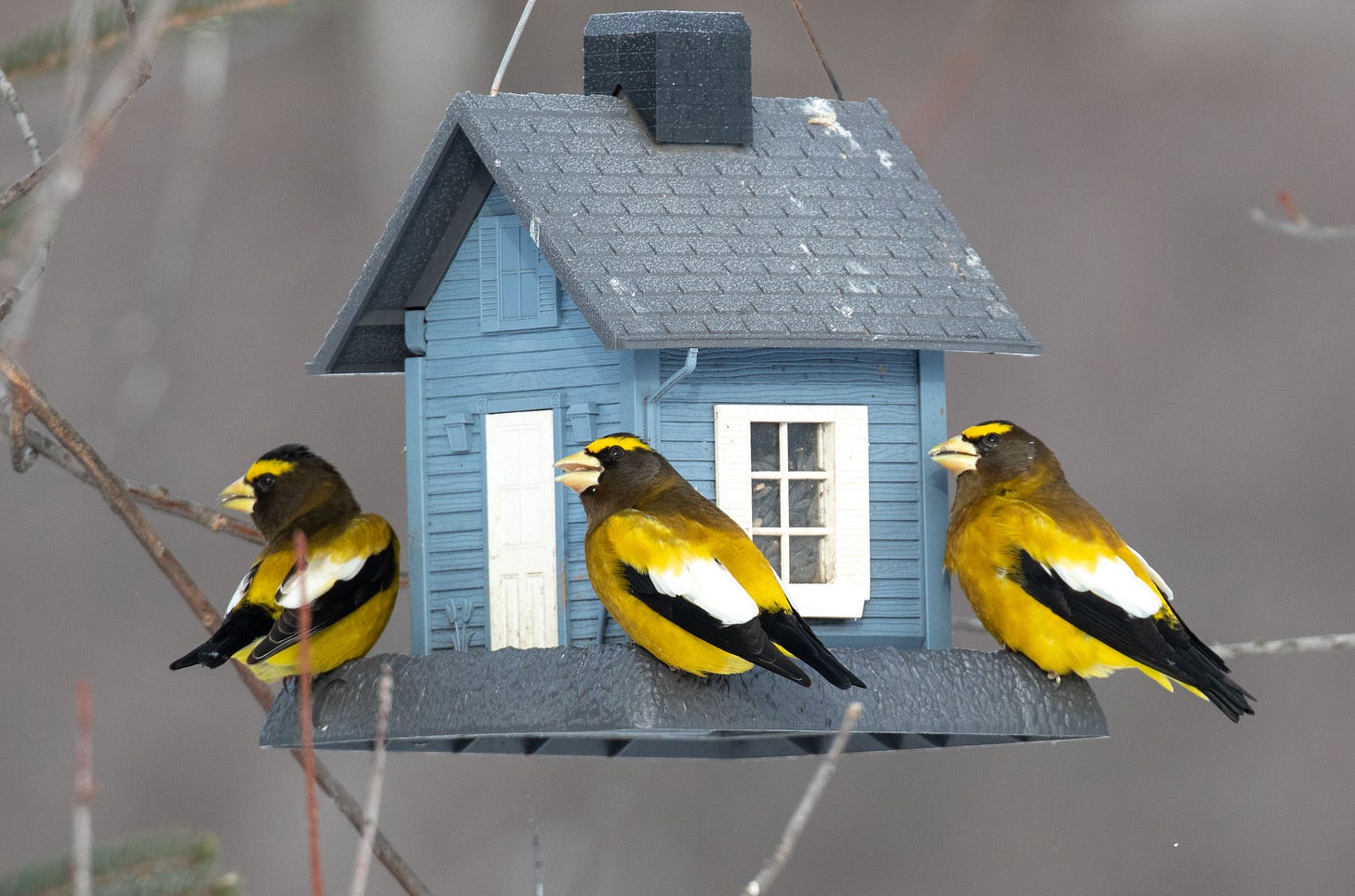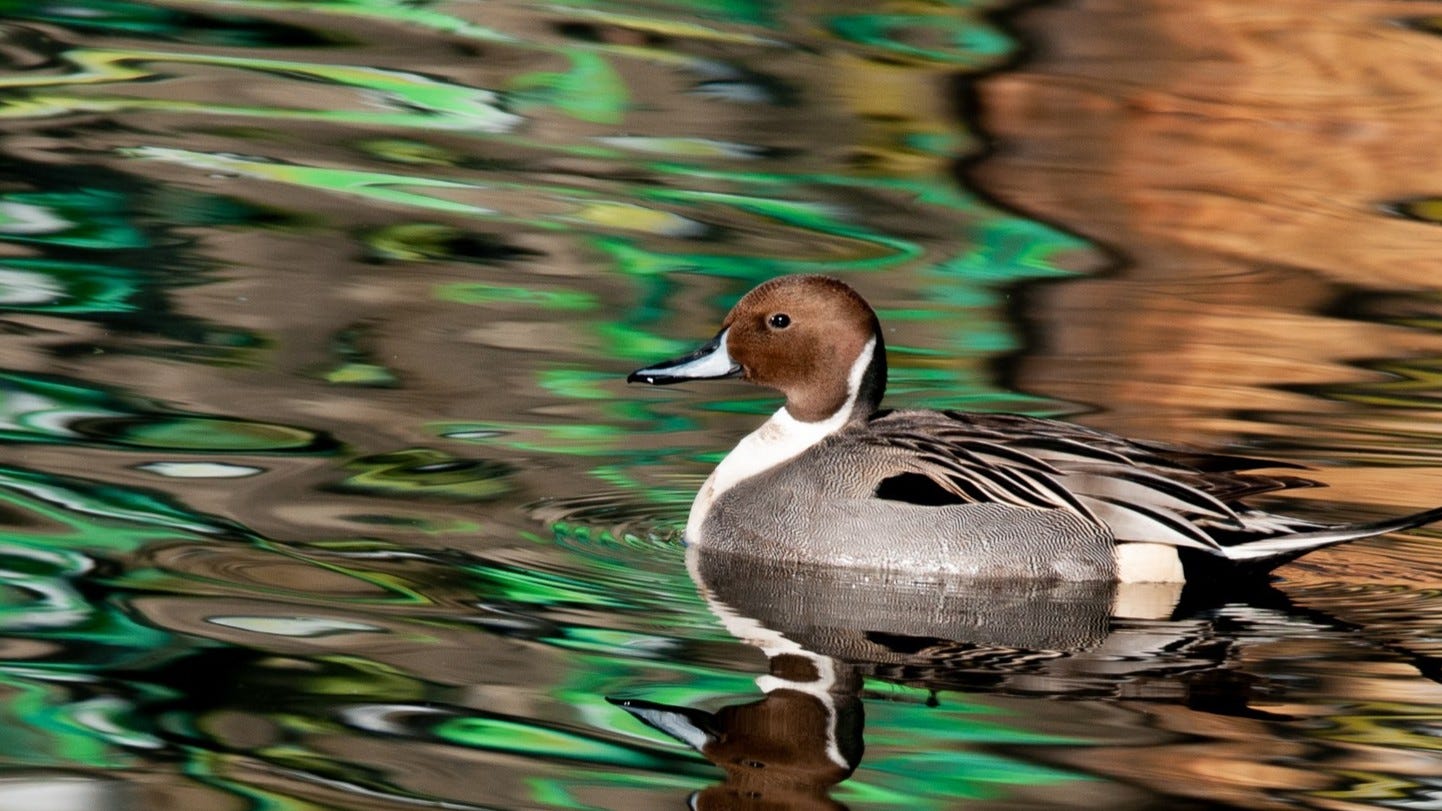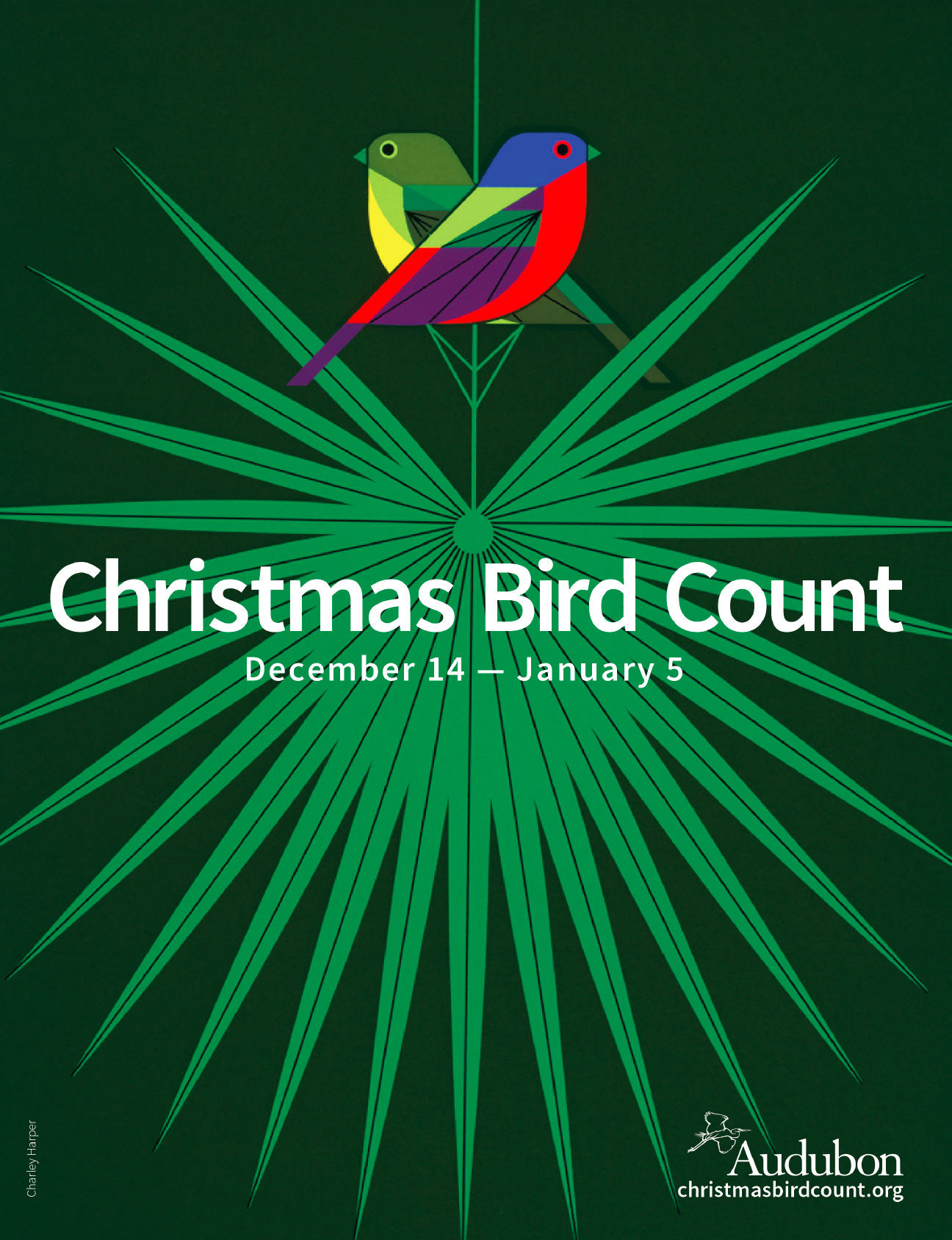This Year in Birding
Appreciating our local avifauna was one escape we still had, despite these trying times.
It will take many years to make sense of 2020, but here is an attempt from an avian perspective. With so few recreational options available, birding truly was a bright spot for many people and a number of new birders came into the fold. Appreciating our local avifauna was one escape we still had, despite these trying times.
January – The Chicago area played host to a major birding event, the announcement of the 2020 Bird of the Year by the American Birding Association, in Berwyn on Jan. 12. The pre-event chatter was that Piping Plover had a good chance, considering the event was happening near Chicago and a pair had just nested in the city (a story I chronicled in a documentary). The result, though, was the naming of the Cedar Waxwing. I’m OK with it…really, I am. Cedar Waxwings are awesome birds. But still, check out this cartoon created by Bill Fogarty of Black Coffee Pictures.
February – On Feb. 5, I participated as a volunteer in National Audubon Society’s Climate Watch, counting birds at Paul Douglas Forest Preserve. The goal was to count as many nuthatches as possible, and, thankfully, a nuthatch turned up almost right away (along with a few woodpecker species and even a Sandhill Crane). The second portion of the nuthatch count wouldn’t happen, though, due to Covid. But for a few minutes, it was a snowy February calm in the rolling prairie of the northwest part of Chicagoland.
March – As the pandemic arrived, there was a realization that birding would likely continue at some level. For me, it was the first day with the kids home from school, when we trekked out to Eggers Grove on the Southeast Side of Chicago. There were a nice number of waterfowl around and an encounter with the Monk Parakeets under the Skyway Bridge.
April – On April 19, I was sitting on the rooftop of my building in Uptown, participating in the Illinois Ornithological Society’s Big Sit, an event organized as a lockdown diversion. It was nice to participate in something fun at such a bleak time. People across the state got into it, and Brian “Fox” Ellis of Bishop Hill, Ill., featured the event in a writeup for Birdwatching Magazine. I had 26 species, which was by far a record for my little urban yard.
May – Something astonishing happened at Indiana Dunes State Park on May 15. People who were there described it as one of the most memorable experiences of their birding lives. A state record fell for Cape May Warblers (200 breaking the previous record of 60). There were stunning totals like 900 Baltimore Orioles and 500 Indigo Buntings. The large flight occurred due to weather conditions and the natural migratory funnel at the southern end of Lake Michigan.
June – The first Black Birders Week sought to make the outdoors a more inclusive place after a racist incident targeting Central Park birder Christian Cooper. The week also arrived in the wake of the killings of George Floyd, Ahmaud Arbery and Breonna Taylor and galvanized black birders to share their stories with the goals of increasing recognition and representation. Experiencing the outdoors shouldn’t be a privilege only afforded to a small few.
July – Monty and Rose’s second year of nesting at Chicago’s Montrose Beach proved more successful than the prior year. The duo fledged three chicks, Esperanza, Hazel and Nish, and spent the summer lounging as if “they owned the place.” All three of the young birds were banded and have been seen on their wintering grounds. The question now is where will they show up next spring.
August – Just as the plovers’ story unfolded, Willow Springs-based Imperial Oak Brewing released Piping Plover Pale Ale, a beer featuring El Dorado hops and the supple flavor of real cactus pear juice—in honor of the Prickly Pear Cactus found around Lake Michigan. A percentage of proceeds from the ale benefited the conservation and education programs of the Chicago Ornithological Society.
September – Were there more Common Nighthawks, or were we just at home and able to view more of them? September saw some stunning flights of the nightjars over backyards and parks throughout the region—several hundred at a time in many cases. The birds are now spending the winter in places like South America before they head back north in the spring.
October – The first signs of a winter finch irruption—essentially a mass movement of birds south in search of food—arrived in October. Evening Grosbeaks, Red Crossbills and White-winged Crossbills moved south in numbers not seen in decades. Said Josh Engel of Red Hill Birding, “Any number greater than zero in a year is good, and this year we’ve had dozens of sightings in the area.”
November – It was a big year for Big Years—the tradition of seeing as many bird species as possible in a single year. Isoo O’Brien set a record for Cook County, reaching more than 281 species when he saw a Common Redpoll in Chicago. Nathan Goldberg broke the state record of 334 species with a Rufous Hummingbird in Decatur.
December – The third in a trifecta of late fall rarities showed up near Southwest Suburban Channahon on Dec. 12. A Western Tanager complemented a first state record of Great Kiskadee and a sighting of a Eurasian Wigeon in November. Scores of area birders descended on a nondescript spot known as the Des Plaines Wide Waters.
Note: I also want to acknowledge this fantastic year-end summary by Jeff Reiter that the Daily Herald printed this past Friday. Jeff’s piece provides a complete list of all the unusual species seen in Chicagoland in 2020.
The story behind the shot
Scott Judd photographed this Northern Pintail on Jan. 21, 2020, at the Diversey Turning Basin in Chicago:
“I wouldn’t say I was down there with a strategy…it just happened.
“I was shooting it, and all of a sudden it just swam into the reflection of the graffiti wall along the east side of the river. It was just a happy accident, and I reeled off a couple shots and two seconds later it was out of the reflection and that was that.
“I just gasped, I was getting ready to go, my hands were freezing. It gives the impression that I put a lot of thought into it, but it’s really being open to happy accidents.”
Christmas Bird Count redux
On Friday, I shared the experiences I’ve had through the years as part of the Lisle-Arboretum Christmas Bird Count. The count took place yesterday, and as expected I began the day looking for owls in the wee hours of the morning. I walked about 2 miles in the dark at Waterfall Glen Forest Preserve in DuPage County, playing owl recordings in several places but with no luck early on. I was appreciating the lights of Lemont twinkling off in the distance, when I finally heard an Eastern Screech Owl whinny two times. The rest of the day went well, and I ended up with 29 species in my little portion of the count circle.
The World of Monty and Rose
“The World of Monty and Rose” is a limited edition hand-drawn map by New World Cartography in Green Pond, S.C. This watercolor map is printed on heavy bond paper, and dimensions are 17.8” wide by 10” tall. Just 25 of these were printed and only a few remain. Order yours today.
TWiB notes
President-elect Joe Biden’s selection for the Department of the Interior, Rep. Deb Haaland, is being hailed by environmental justice advocates. The department manages about one-fifth of the land in the United States and includes the Bureau of Land Management, the U.S. Fish and Wildlife Service and the National Park Service. Haaland will be the first Native American cabinet secretary…..An effort is under way to restore North Pond in Chicago’s Lincoln Park. The pond would be deepened to 8 feet from its current 2-3 feet if the project proceeds.
Be part of a community of people who share your interest in birds. By becoming a paid subscriber, you join a community where making films like “Monty and Rose” is possible.



